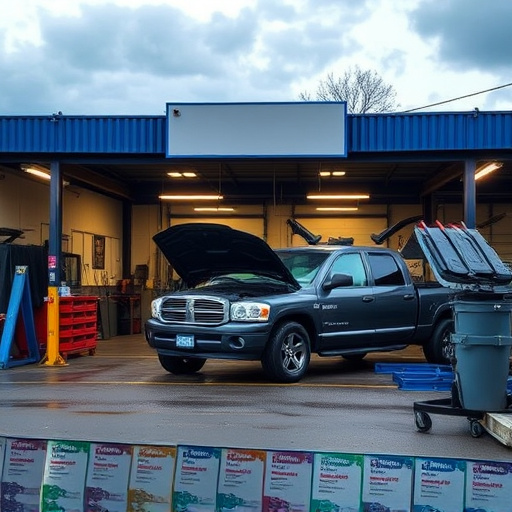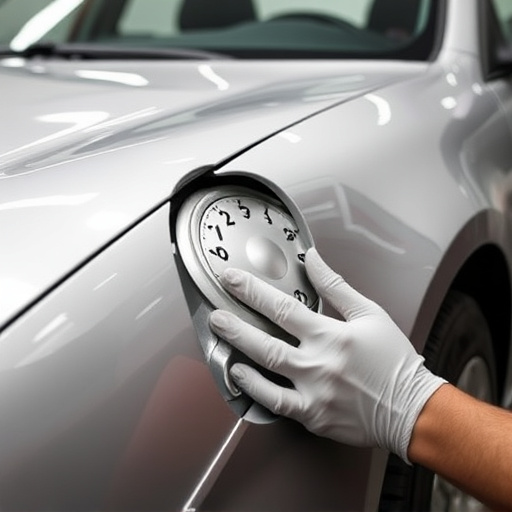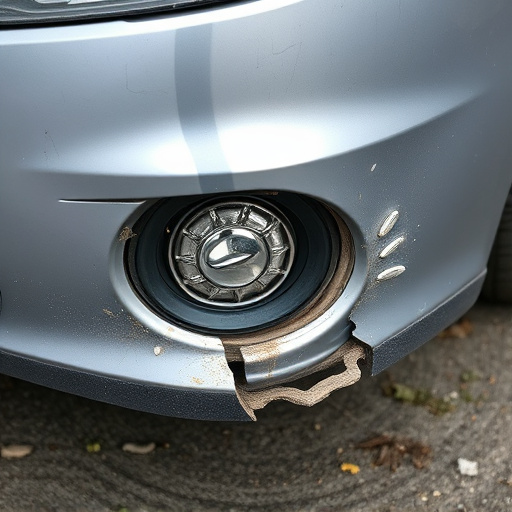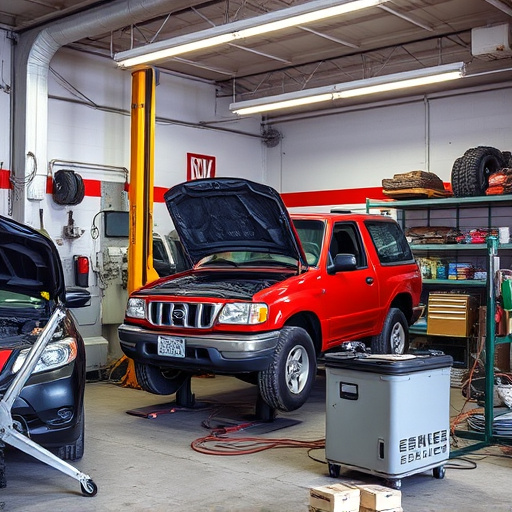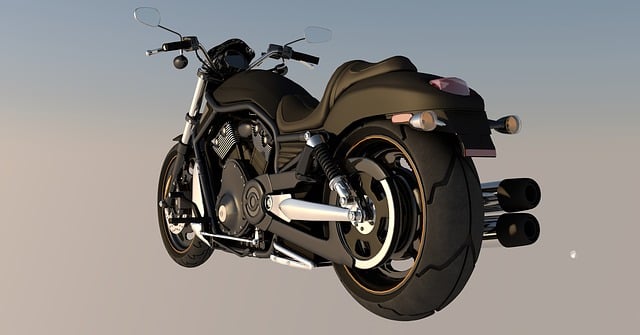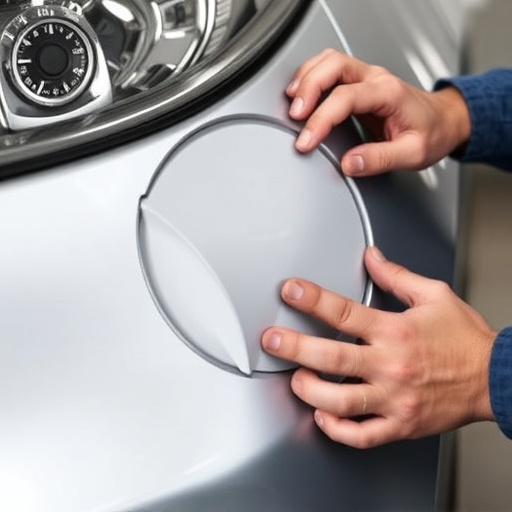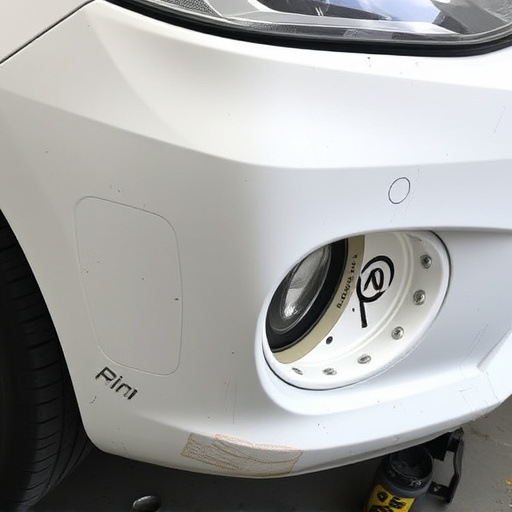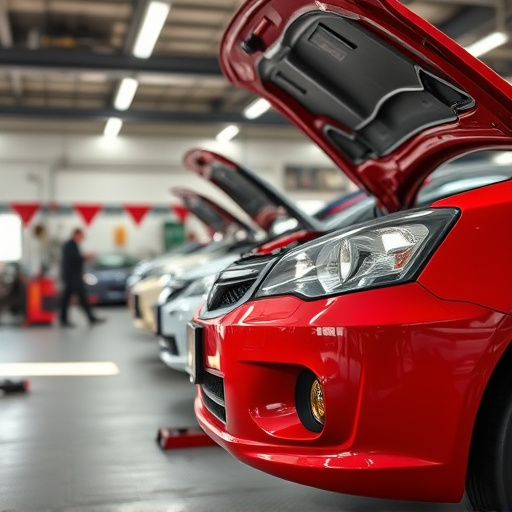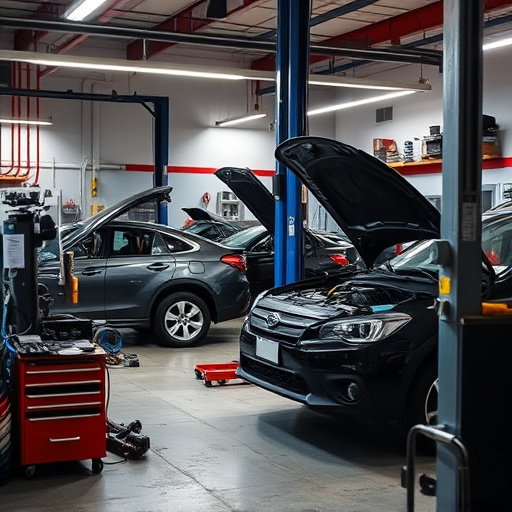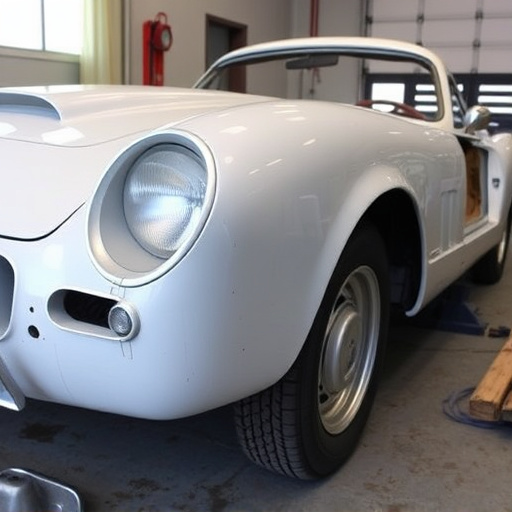Specialty collision hardware, including advanced airbags, robust crumple zones, and impact-absorbing structures, significantly enhances vehicle safety during collisions. Essential in body shop repairs like auto glass and hail damage restoration, this hardware ensures safe airbag deployment and structural integrity. Integrated into vehicle design, it improves safety ratings per regulatory crash tests, with tailored features for different scenarios. Future vehicles will rely on advanced materials and innovative specialty collision hardware to further reduce passenger injury risks through energy absorption and precise engineering.
Specialty collision hardware, designed for specific vehicle types or unique crash scenarios, plays a significant role in enhancing vehicle safety ratings. This article delves into the impact of these specialized components on crash tests, exploring how they contribute to better protection for occupants and pedestrians. We also examine future trends, highlighting advancements driven by the integration of specialized hardware, and its potential to revolutionize automotive safety standards.
- Understanding Specialty Collision Hardware: The Basics
- Impact on Safety Ratings: Crashing Tests and Results
- Future Trends: Enhancing Safety with Specialized Components
Understanding Specialty Collision Hardware: The Basics
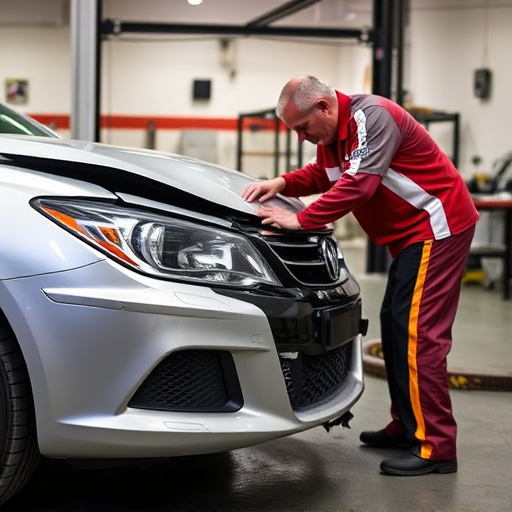
Specialty collision hardware refers to specialized components and systems designed to enhance vehicle safety during collisions. These include advanced airbag mechanisms, robust crumple zones, and innovative impact-absorbing structures. By understanding the basics of these hardware elements, we can appreciate their role in improving overall vehicle safety ratings.
In a body shop environment, services like auto glass repair and hail damage repair often involve the use or replacement of specialty collision hardware. For instance, modern windshields are equipped with sophisticated impact-resistant coatings and reinforced frames to mitigate the risk of shattering during accidents. Similarly, advanced airbag systems require precise calibration and specialized hardware to ensure they deploy safely and effectively, protecting occupants from severe injuries.
Impact on Safety Ratings: Crashing Tests and Results
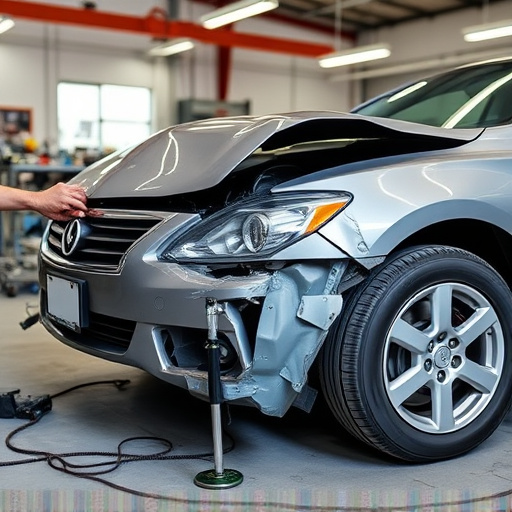
The inclusion of specialty collision hardware in vehicle design significantly influences safety ratings as evident from crashing tests conducted by regulatory bodies and independent research institutions. This hardware, tailored for specific vehicle types or unique scenarios, enhances structural integrity during high-impact collisions. For instance, specialized crumple zones designed to absorb energy in front-end crashes can substantially reduce the risk of injury to occupants.
Moreover, specialty collision hardware often includes advanced safety features like improved airbag systems, reinforced frames, and sophisticated sensor technology. These components contribute to better protection for passengers, pedestrians, and other drivers involved in accidents. When compared with standard models lacking such specialized hardware, vehicles equipped with these innovations consistently achieve higher safety ratings in both simulated and real-world collision tests, underscoring their crucial role in enhancing overall vehicle safety, especially in the context of collision damage repair or classic car restoration processes at auto collision centers.
Future Trends: Enhancing Safety with Specialized Components
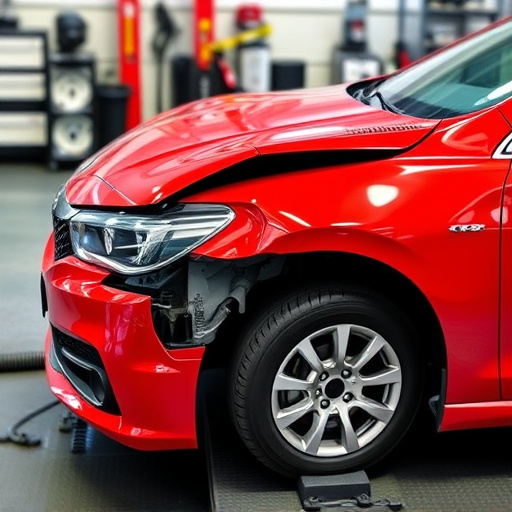
As the automotive industry continues to evolve, future trends in vehicle safety are poised to be revolutionized by specialized components. The integration of advanced materials and innovative designs is set to take center stage, further enhancing the overall safety of vehicles. Specialty collision hardware, a key player in this transformation, plays a crucial role in achieving higher safety ratings. By employing precision-engineered parts tailored for specific collision scenarios, car manufacturers can improve structural integrity, reducing the impact of accidents on passengers.
These specialized components are designed to optimize energy absorption and distribution during a collision, thereby minimizing the risk of severe injuries. With advancements in frame straightening techniques and collision damage repair technologies, it is now possible to restore vehicles to near-original condition while ensuring optimal safety standards. This blend of precision engineering and innovative repair methods promises a safer future for all road users, paving the way for even more sophisticated safety features in upcoming models.
Specialty collision hardware plays a pivotal role in enhancing vehicle safety, as evidenced by its impact on crash test ratings. By understanding the fundamentals of these specialized components and their effects on safety standards, automotive manufacturers can continue to innovate and create more secure vehicles for the road. As technology advances, we can expect to see further developments in specialty collision hardware, driving up safety levels across the industry.

